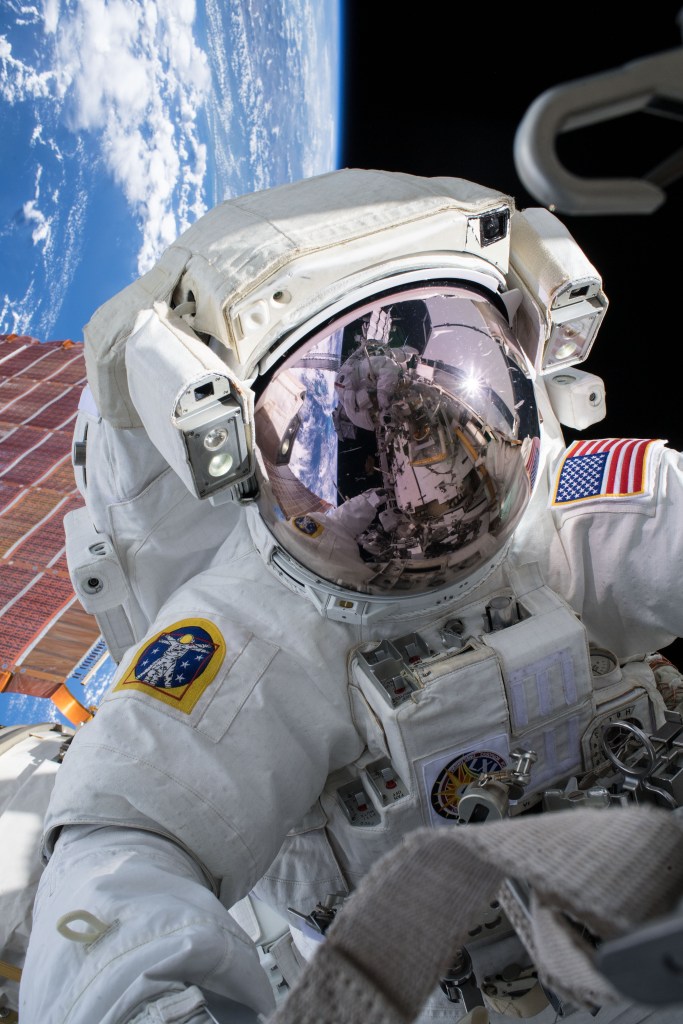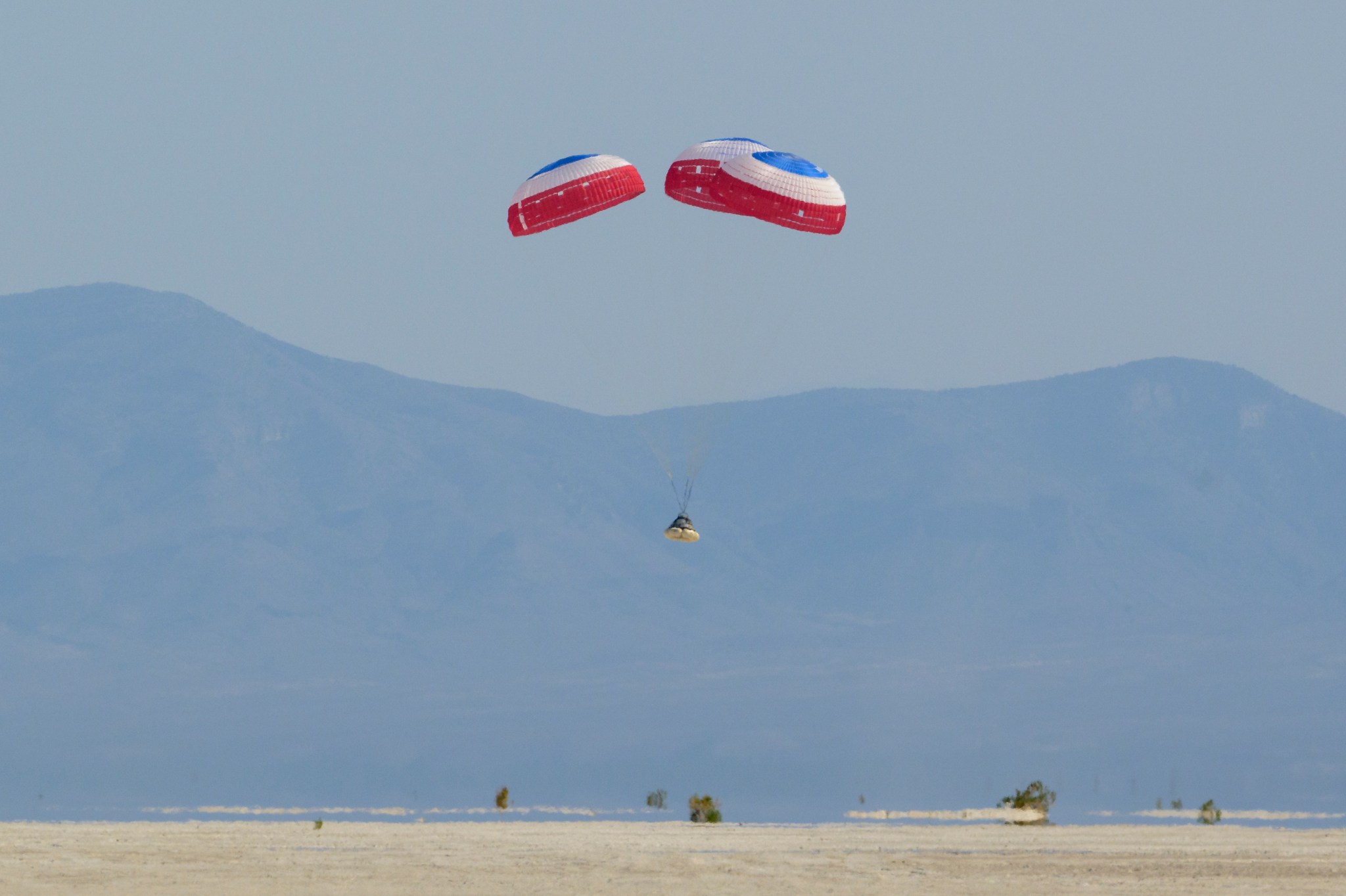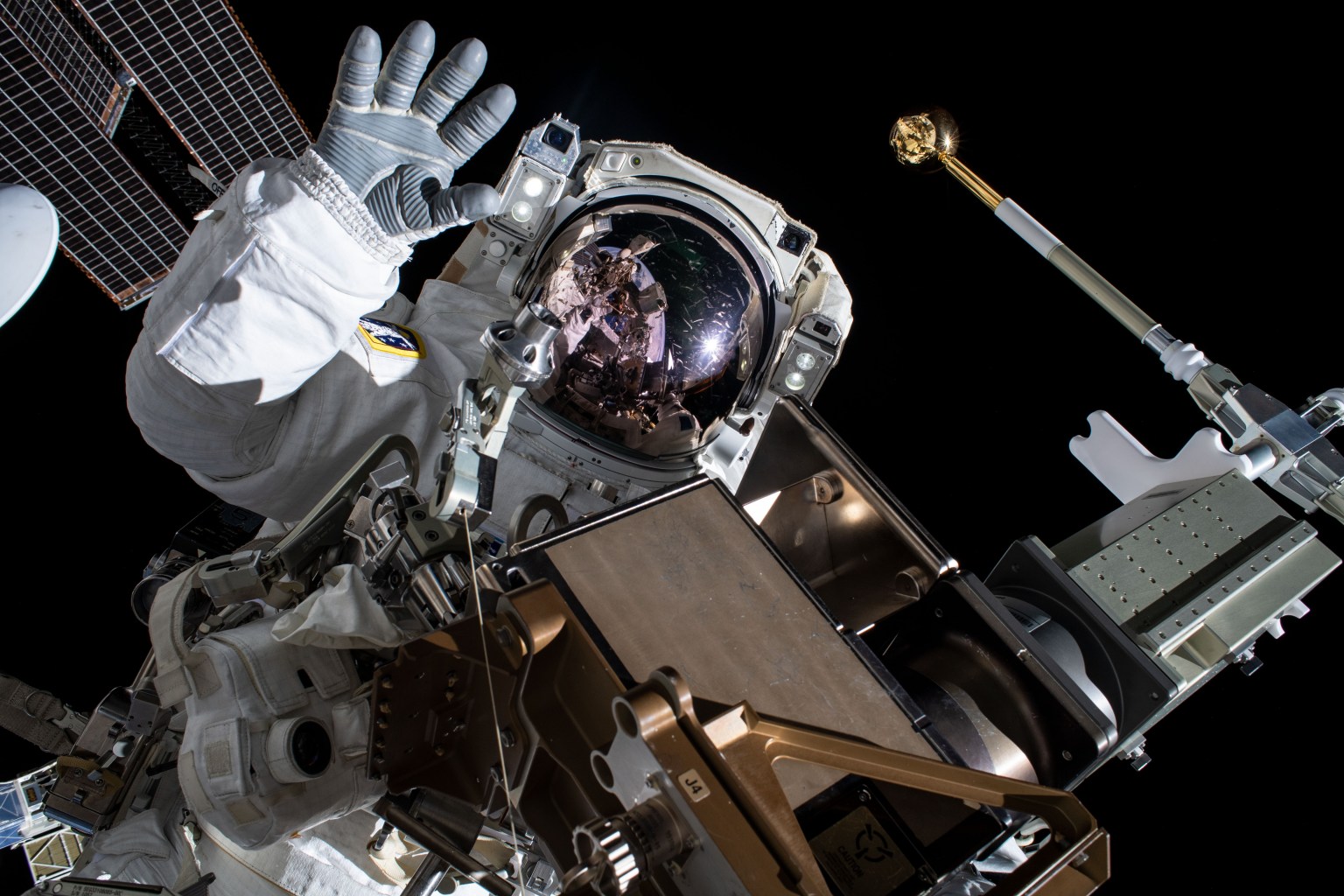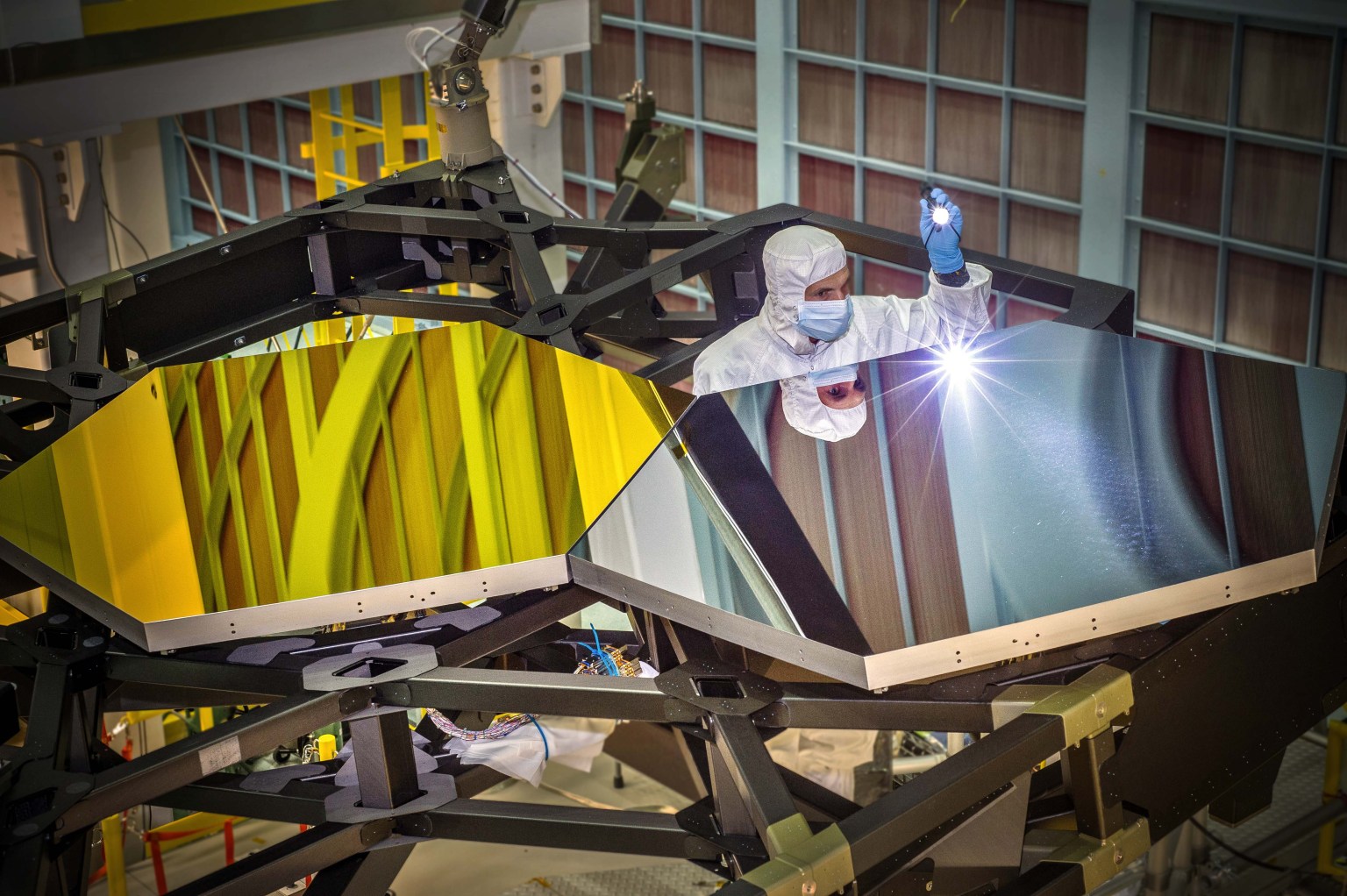Standards and vehicle design requirements are based on automotive and military environments and operational protocols; they are also partially tailored to the spaceflight environment. However, these do not adequately mitigate the risk of injury due to the unique spaceflight environment. Current analytical tools are used outside of their validation conditions and have been shown to underpredict Soyuz landing injury. Injury due to standing during dynamic phases of flight is poorly documented in the literature, and little data are available. Injury assessment reference values have not been validated due to limited load and injury data from Soyuz landings.
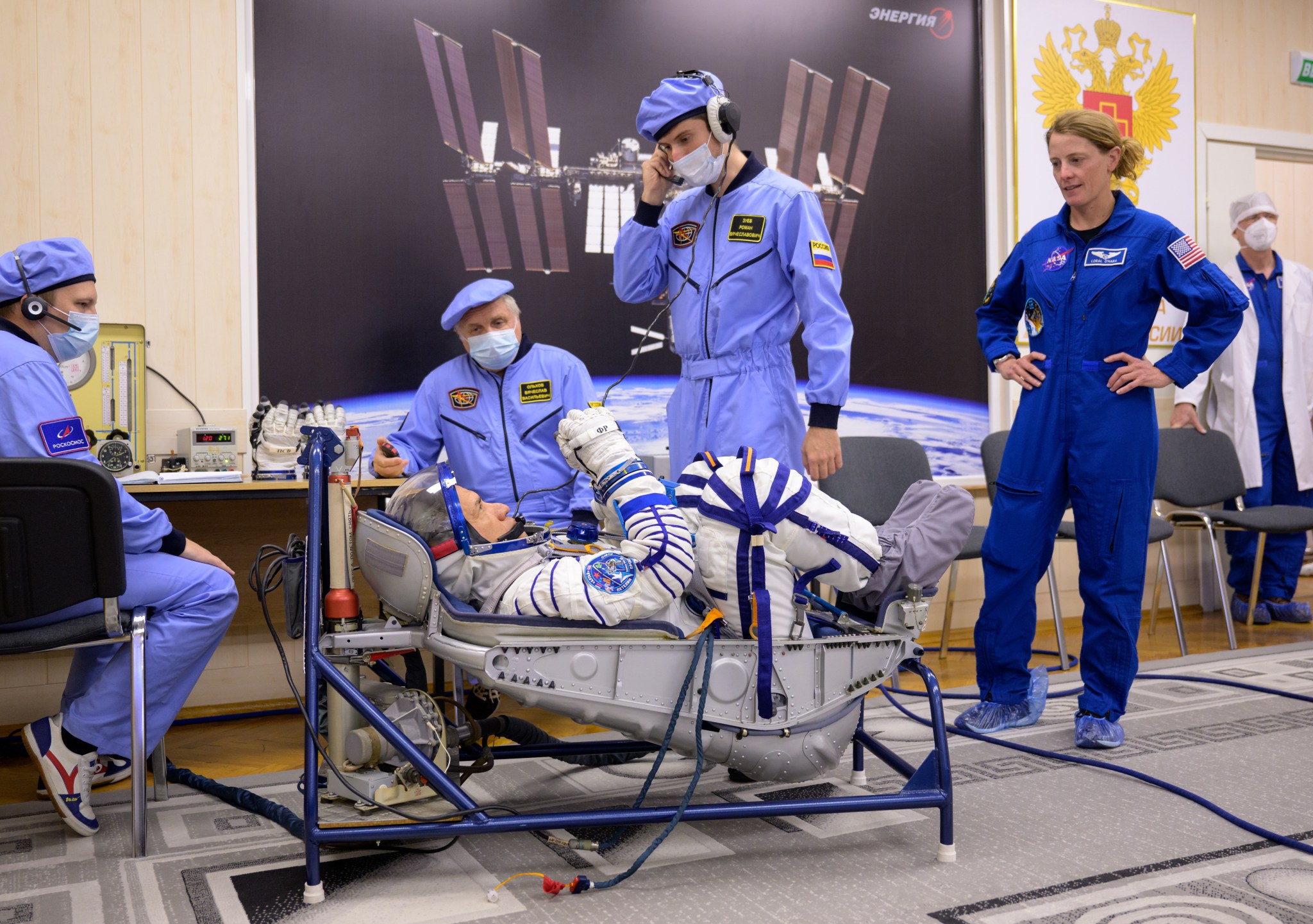
Directed Acyclic Graph Files
+ DAG File Information (HSRB Home Page)
+ Dynamic Loads Risk DAG and Narrative (PDF)
+ Dynamic Loads Risk DAG Code (TXT)























